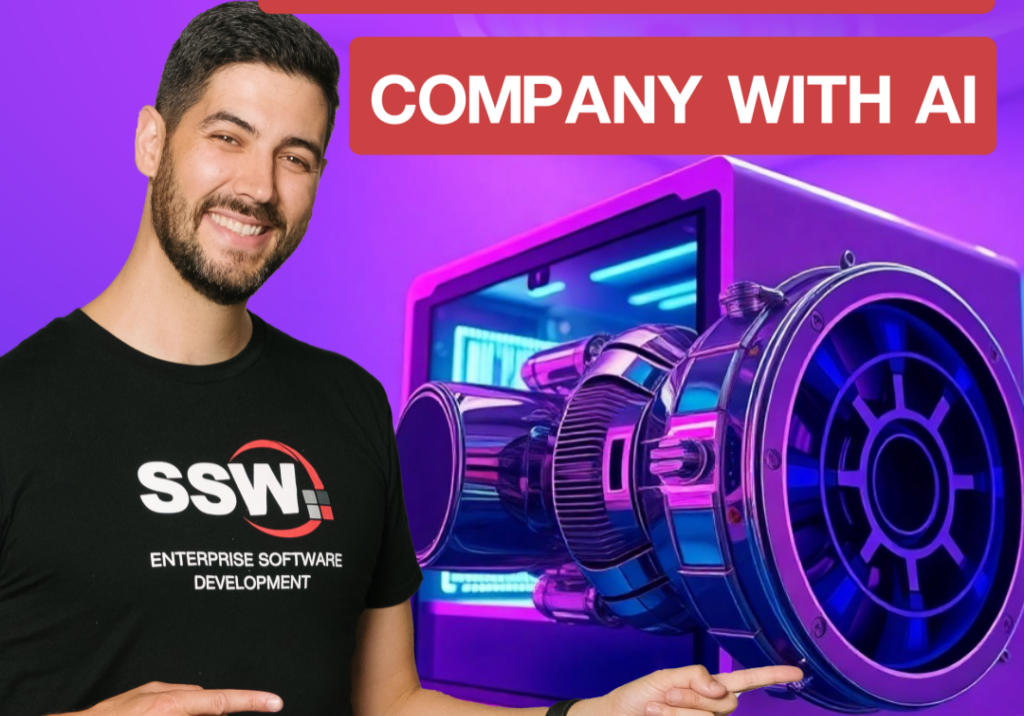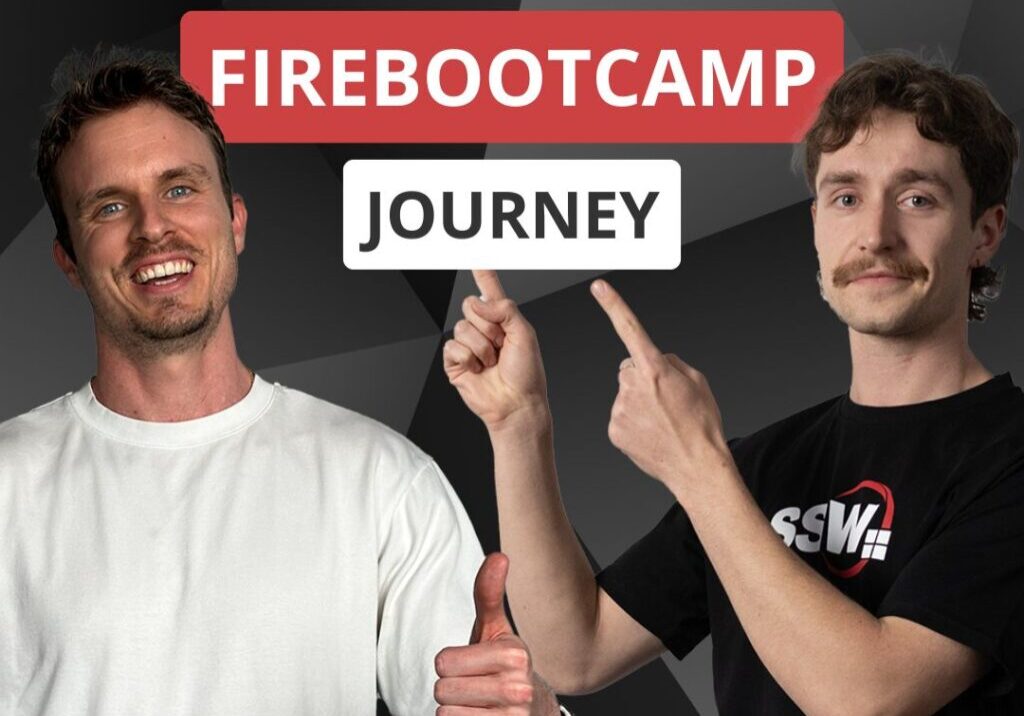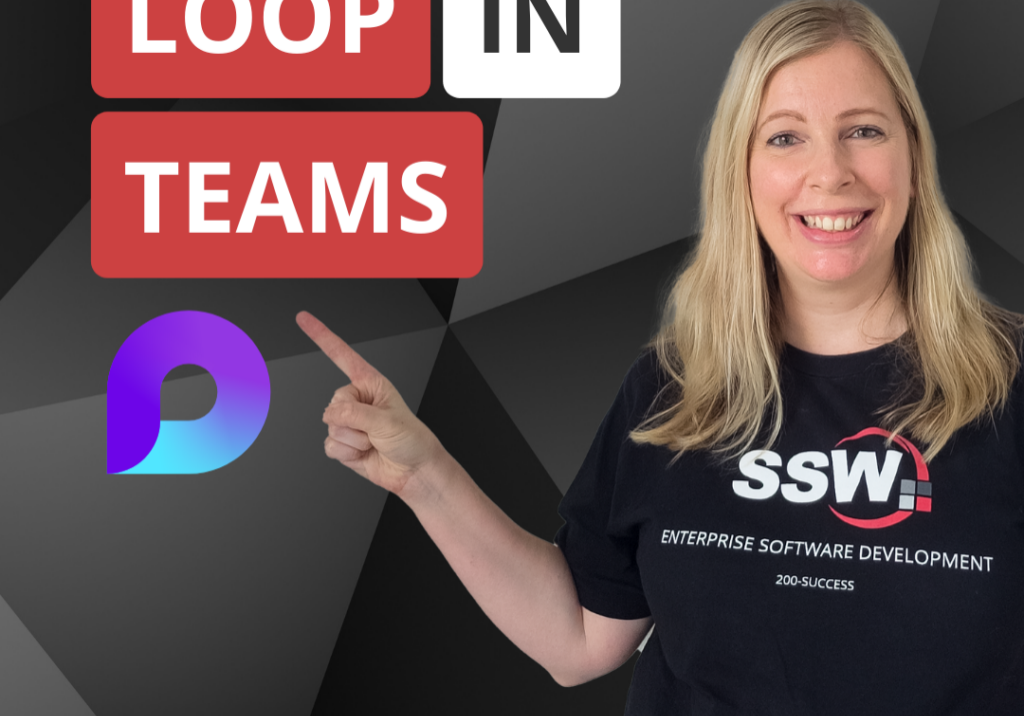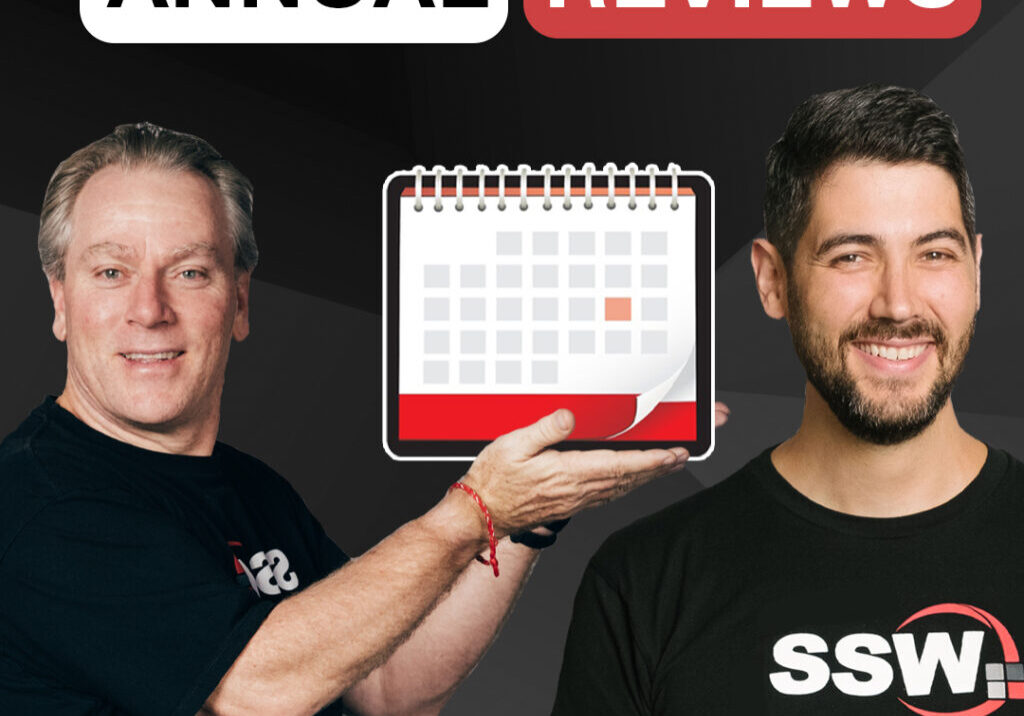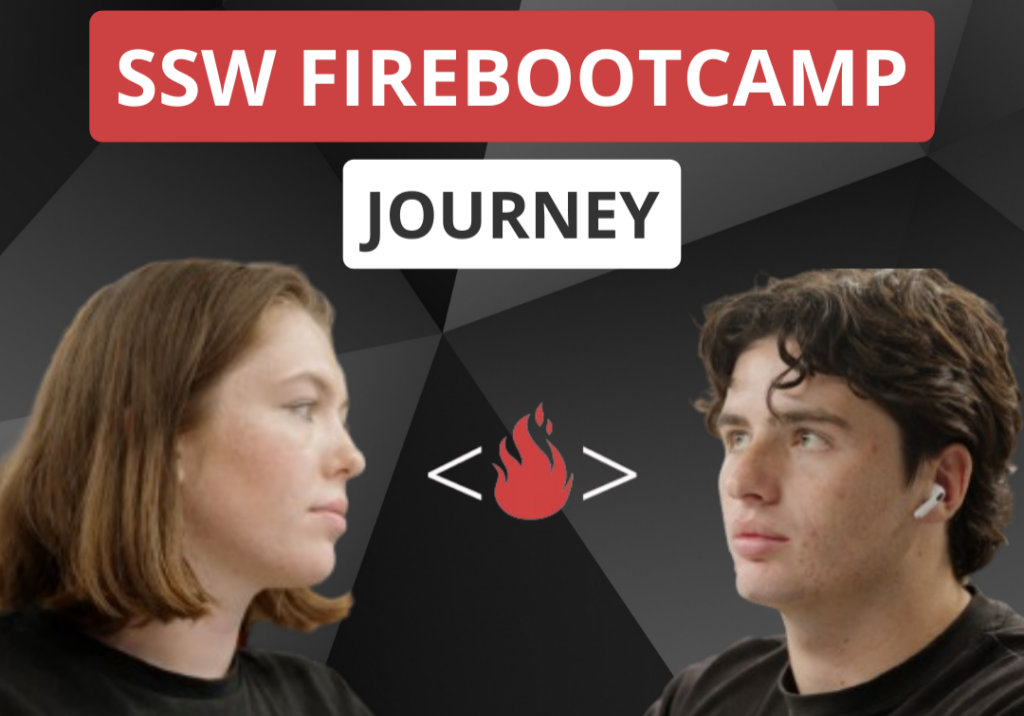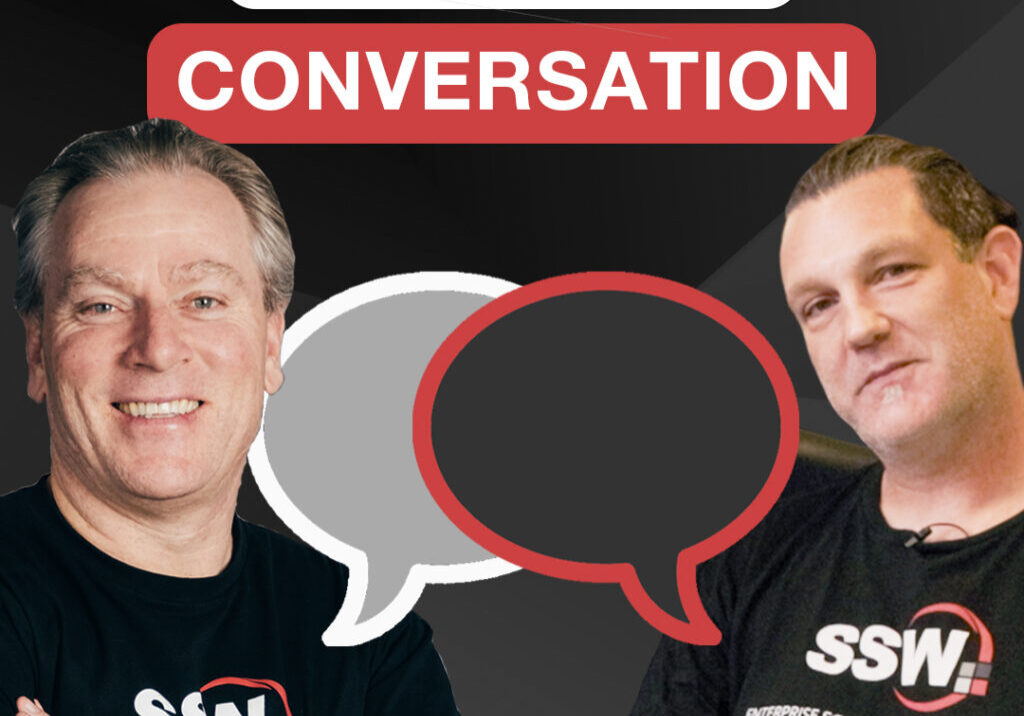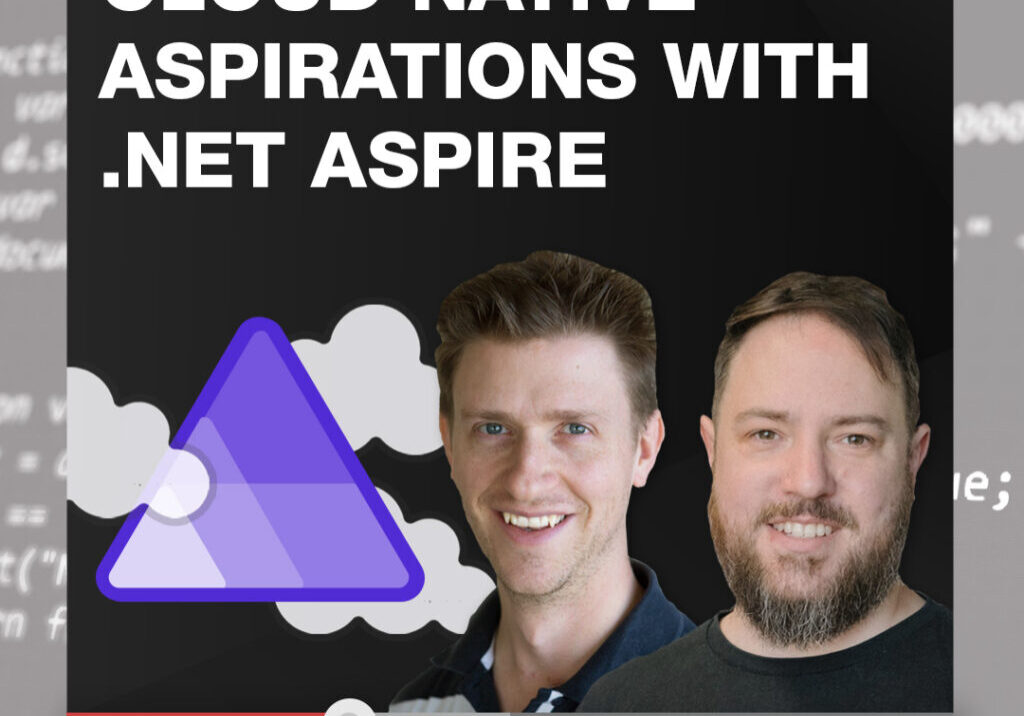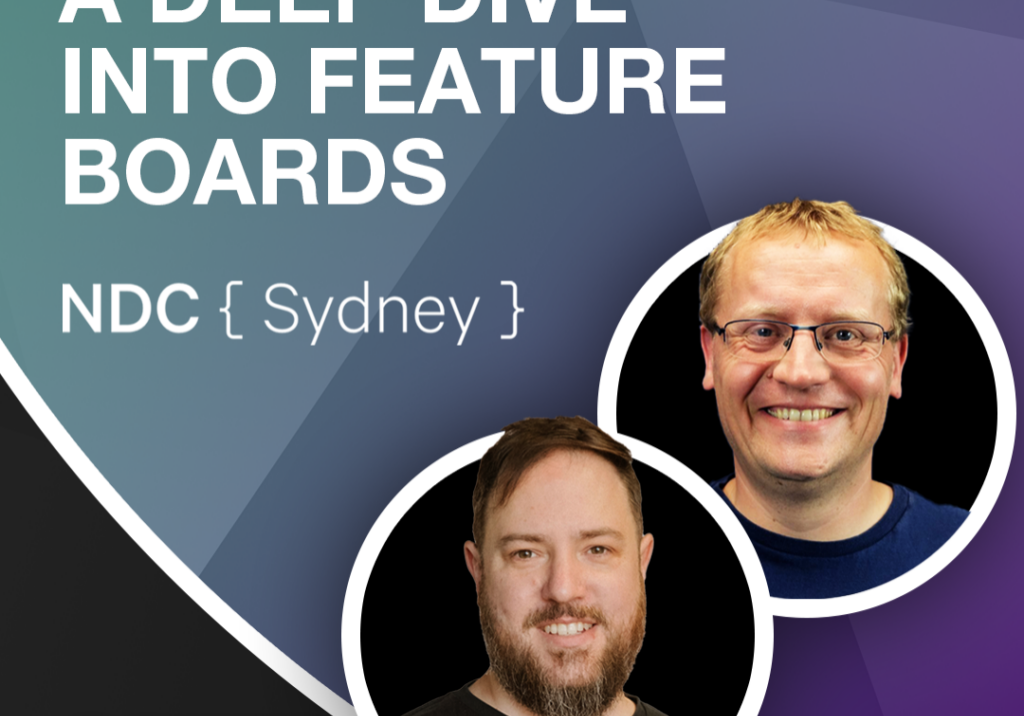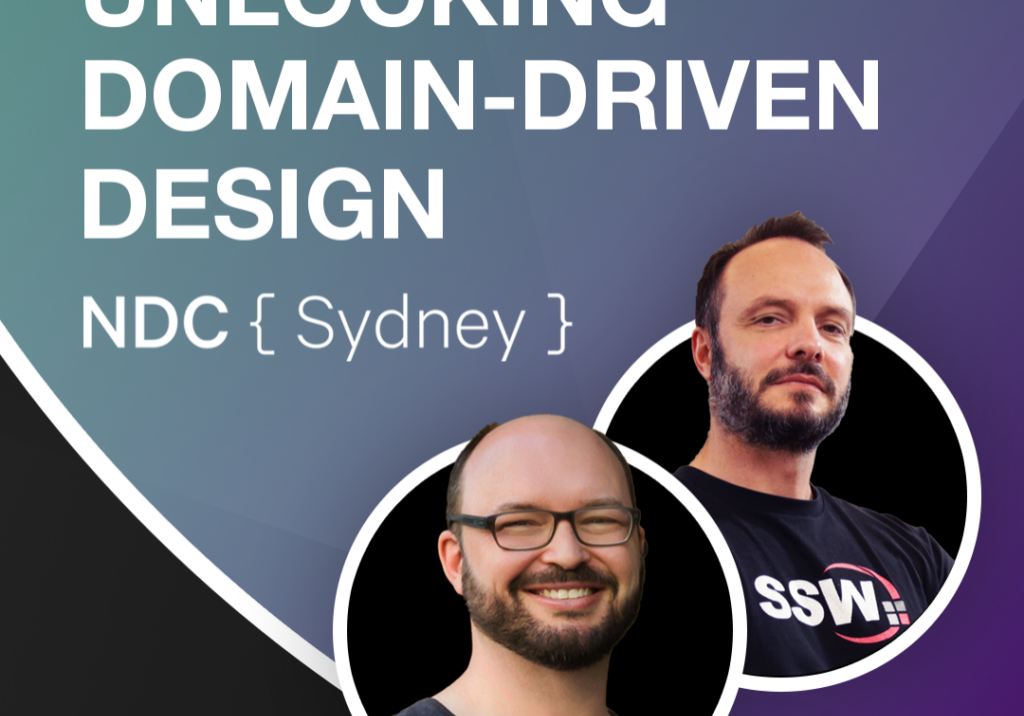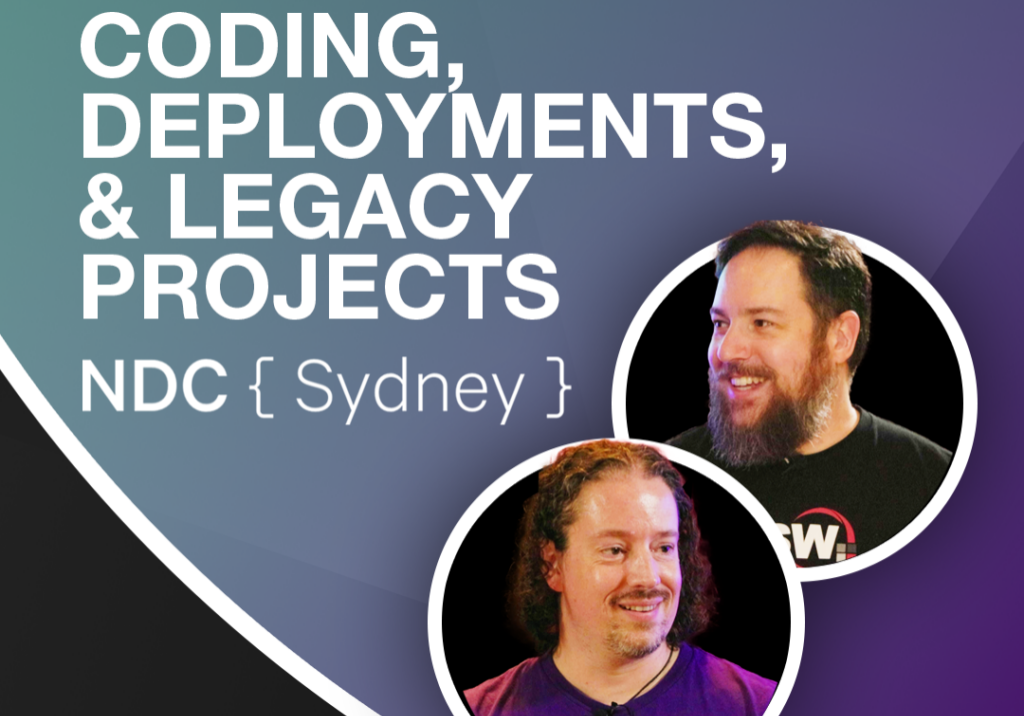This feature packed series is designed to bring developers up-to-speed on the new features and benefits of using Microsoft Azure to build awesome cloud-based applications.
At SSW we have already gone through the hard work of learning how to implement apps on Azure and we will be showing you everything you need to know in a day to get started.
Part 1: Azure App Services and DevOps Projects
In this part we give you an overview of the services you need to build and host Enterprise Web Applications on Azure.
Using Azure DevOps Projects, we will show you how to easily build, test and deploy an application on any Azure service in a few simple steps.
You will learn about:
– App Service Plans
– Web Apps (also known as App Services)
– Mobile Apps
– API Apps
– Functions Apps
– Source Repositories
– Automated Cloud-powered CI/CD pipelines
– Application Insights integration
– Product Backlog
Part 2: Data
Azure has many different types of Storage services. We will show you how you can serve your data from Azure to be globally accessible and able to perform under high read & write loads.
You will learn about:
– Azure Storage (Blob, File, Table, Queue)
– Azure SQL Server
– Azure CosmosDB
Part 3: CosmosDB
Part 4: Azure AD B2C
Using Azure Active Directory B2C (Business to Consumer) you can connect customers from around the globe to your application. We will show you how to securely connect your customers to your application using industry standard protocols to make identity management easy.
You will learn about:
– Azure AD B2C
– Branded Sign-up and Sign-in Experiences
– Connect via Social Networks
– Enable Multifactor Authentication
Part 5: API Management
With Azure API Management you can take any backend system, hosted anywhere, and expose it through a modern API gateway.
You will learn about:
– Azure API Management
– Publish your existing APIs for consumers
– Debug your API
– Monitor traffic through the API
– Protect your back-end services
Part 6: Logic Apps
Azure Logic Apps are used to automate business processes, complete tasks and orchestrate workflows. They are especially powerful when you are integrating with other applications, data sources and services.
We will show you how to build a scalable integration solution that uses some of the available connectors to securely access and process data in real-time.
You will learn about:
– Logic Apps
– Connectors
Part 7: Cognitive Services
Azure Cognitive Services enables your applications to harness the power of Artificial Intelligence and Machine Learning.
You will learn how to make your applications see, hear, understand and speak using:
– Face Recognition
– Text Analytics
Part 8: Bots
Bots are front and centre of Application Modernization. Your employees demand to be empowered and they want to find information and if they are Gen-Y they don’t want to have a conversation with anyone except a Bot. Many companies are finding that their Corporate Bots are quickly taking over the way users interact with their applications.
Using Azure Bot Services you will learn about:
– Making a Question and Answer Bot (QnA Maker)
– Language Understanding (LUIS)
About the speakers

William Liebenberg
William Liebenberg is a Solution Architect at SSW with almost 15 years of professional experience. He loves building enterprise-grade applications and sharing what he learns along the way. Currently he specializes in Azure, .NET Core, Angular, and Azure DevOps. William also presents the SSW Azure Superpowers Tour around Australia and hosts the Melbourne .NET User Group.
